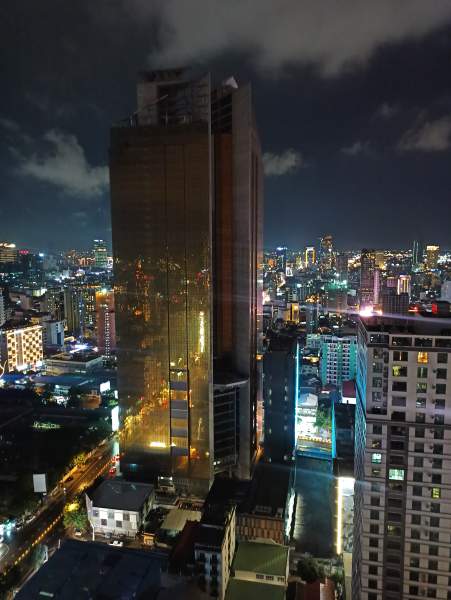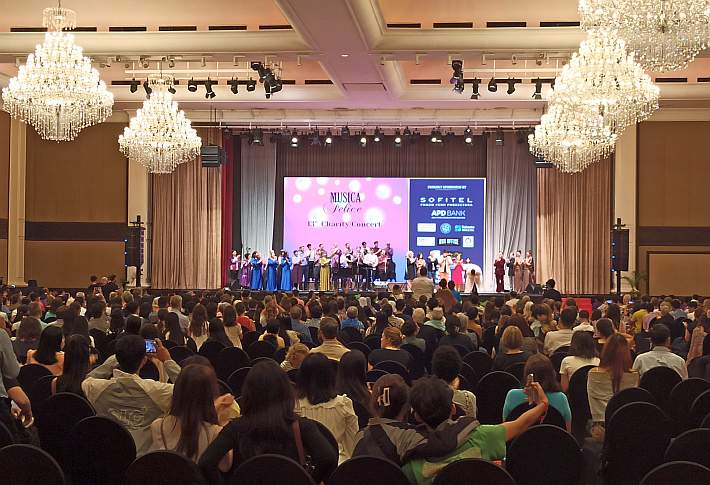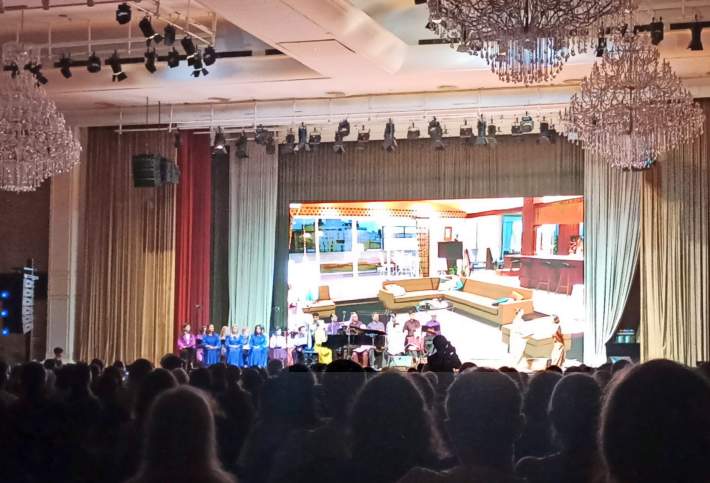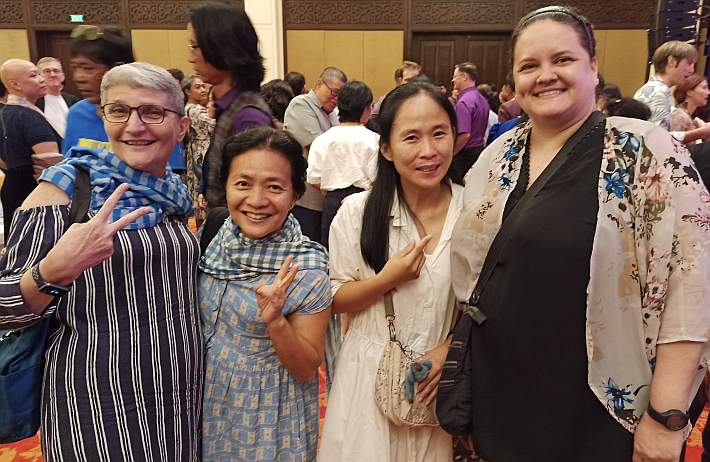Here are some more photos, from Day 2 of the Water Festival
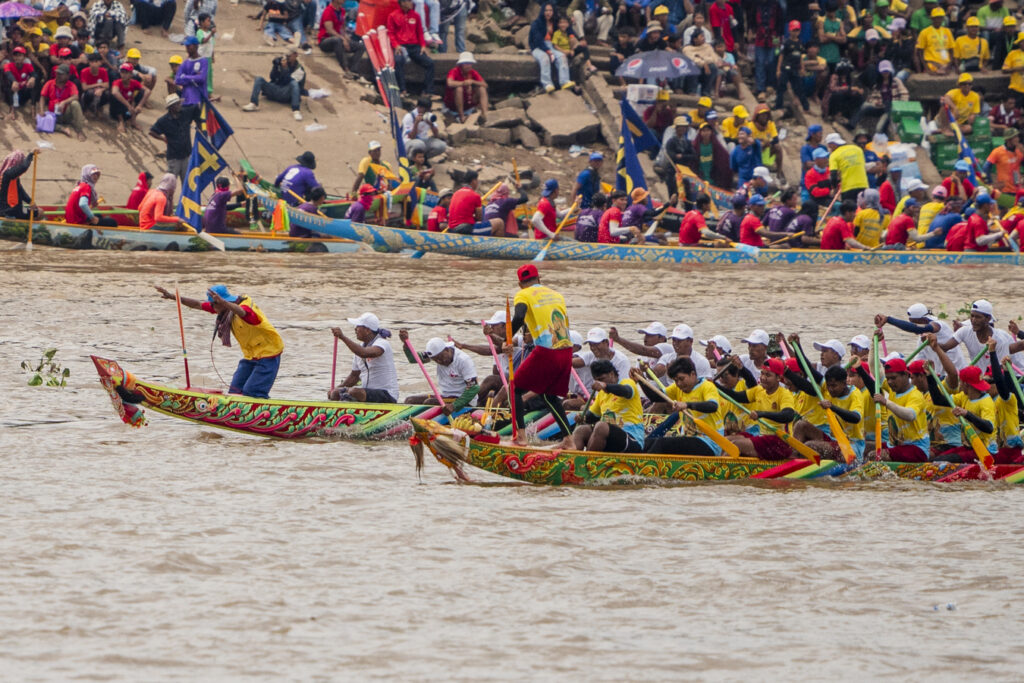
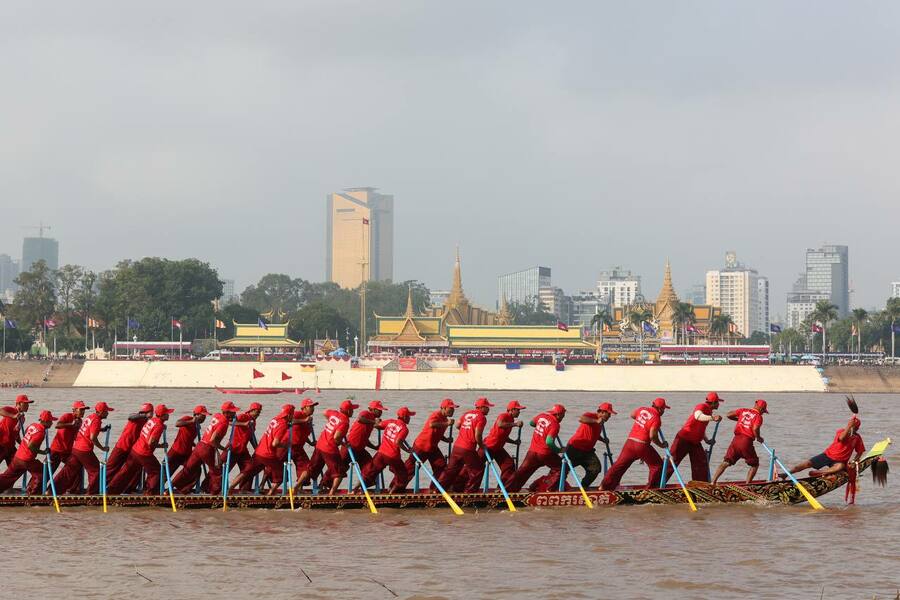
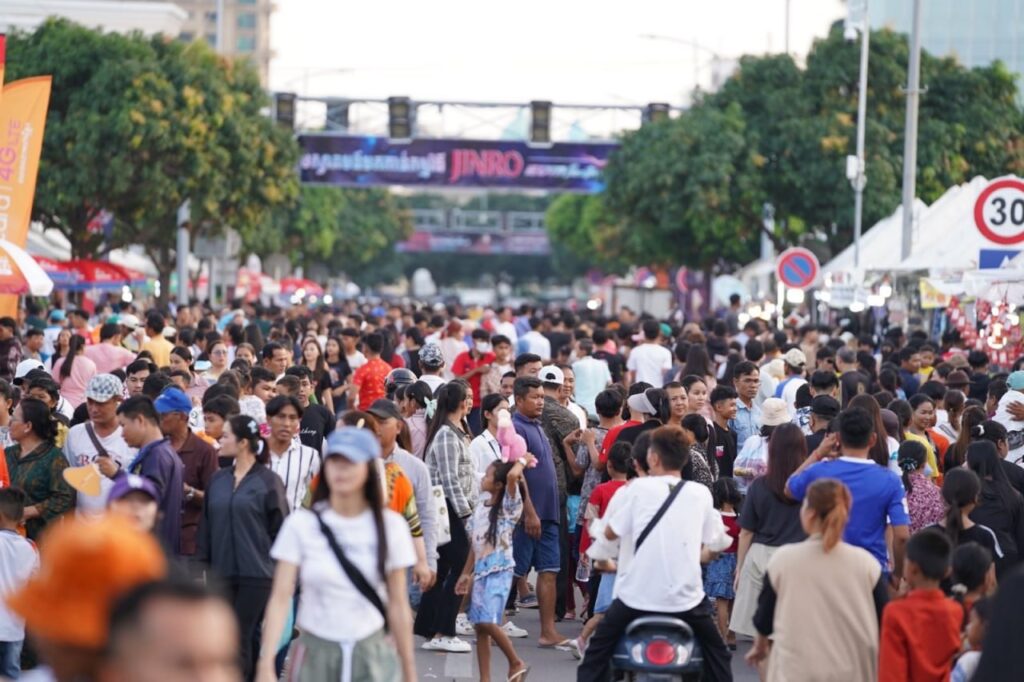
a million festival-goers clog the streets along the waterfront.
[All the photos are from The Khmer Times.]
Charlie Dittmeier's Home Page
Here are some more photos, from Day 2 of the Water Festival



[All the photos are from The Khmer Times.]
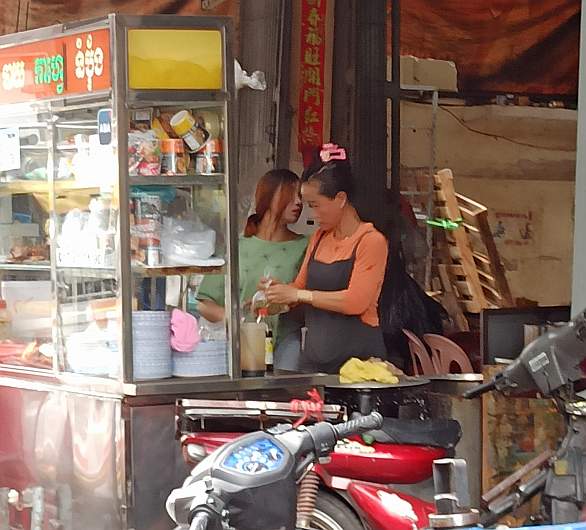
We have intensive Deaf Leadership Training going on at DDP but it was interrupted Friday by a power cut.
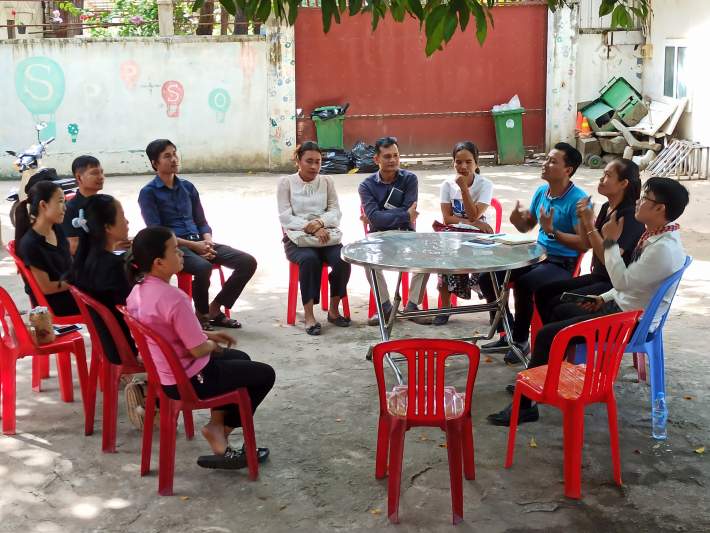
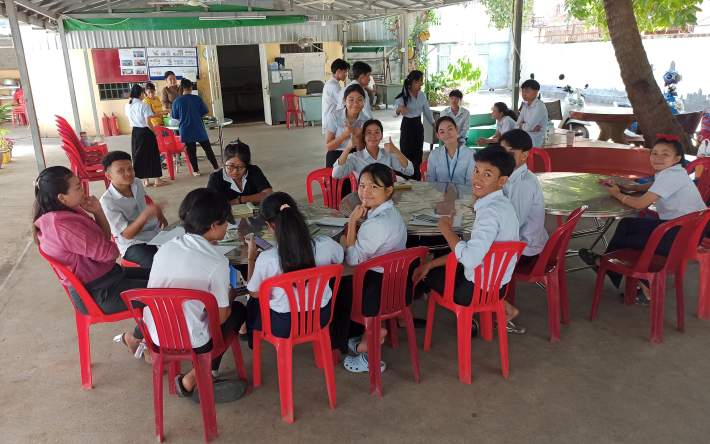
It’s not unusual to see something new and different in Cambodia, something that isn’t so common in other places.
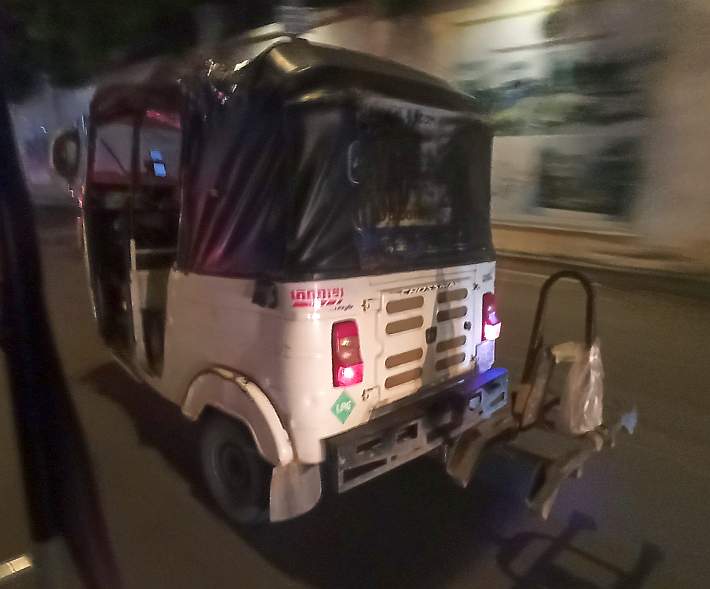
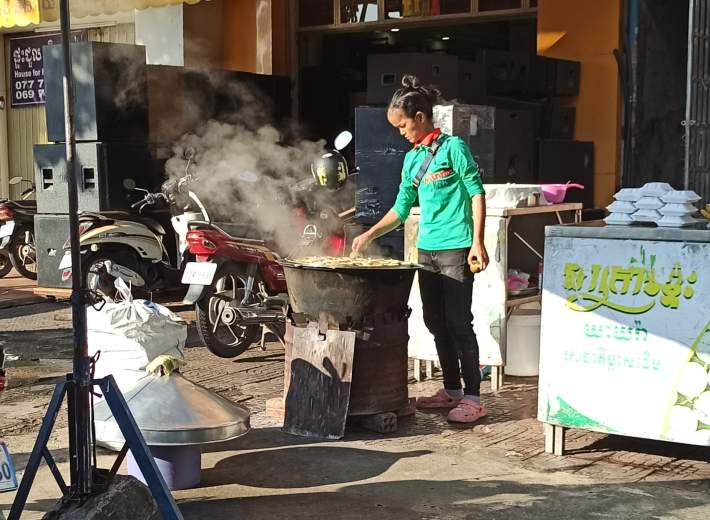
Every morning, starting about 6:00 AM, this woman steams a little dumpling-like concoction on a charcoal burner on the sidewalk.
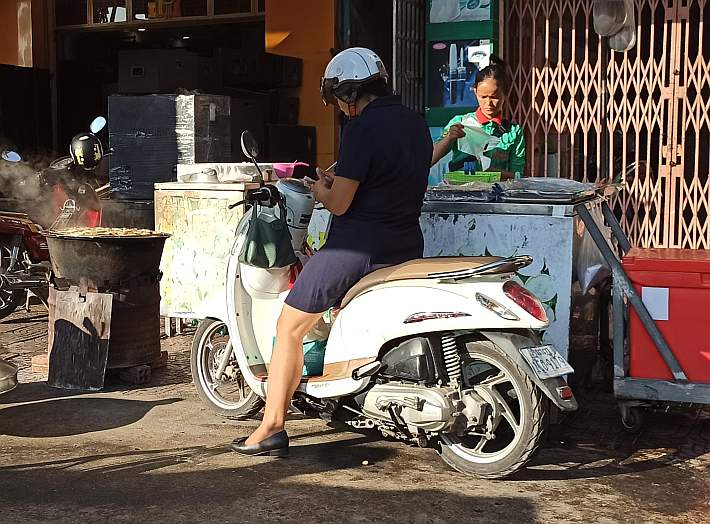
And the customers come!
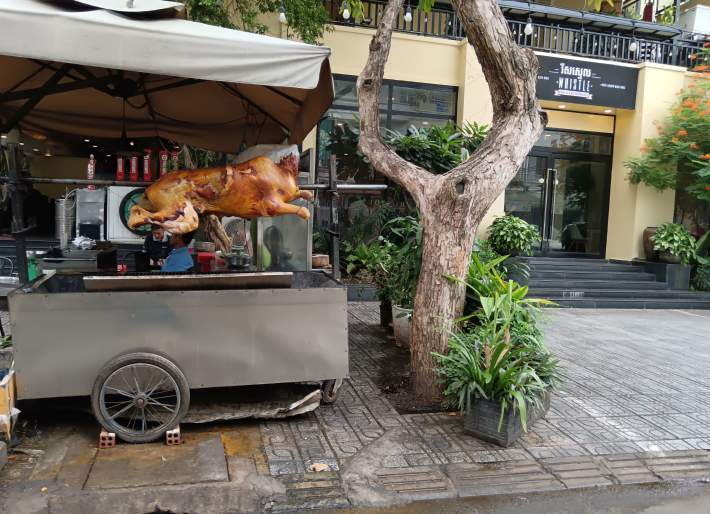
If you’re thinking about lunch, Street 143 might be able to help.
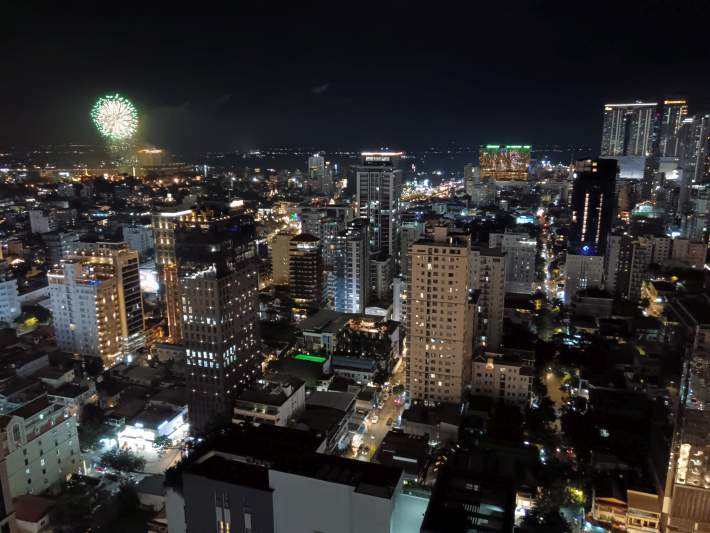
Tomorrow is a public holiday to celebrate the king’s coronation day and tonight there was a fireworks display to note the occasion. This is a view from the 33rd floor of an apartment building. The fireworks are launched from a barge on the Mekong River.
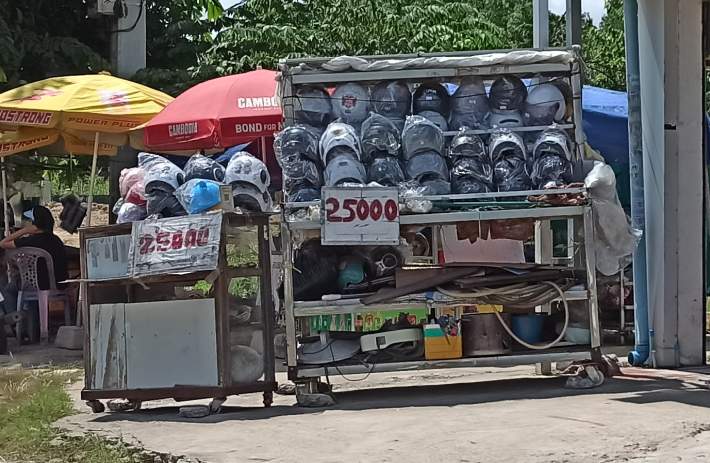
These motorcycle helmets cost 25,000 riel. That is equivalent to US $6.25. Would you trust your head to a six-dollar helmet?
